Mathematical Induction-II
“Eliminate all other factors, and the one which remains must be the truth.” ~Sherlock Holmes (The Sign of Four)
In the previous episode of Mathematical Induction-I, we discussed the philosophy of mathematical induction, introduced the basic idea of mathematical induction, and solved some problems. In this episode of mathematical induction first, we’ll recall the concept of mathematical induction and then we’ll discuss the more interesting problem and their solution strategies.
Recalling The Philosophy of Mathematical Induction
Domino Toppling
Mathematical induction is like a domino effect. The domino effect is a chain reaction that occurs when one event sets off a series of similar, related, or connected events. It is a reference to a series of standing dominoes, each of which topples the next, creating a chain reaction.
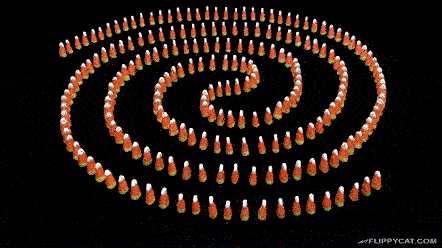
You may be familiar with the term called ‘Domino Toppling’. Domino toppling is achieved by standing dominoes on end and arranging them in the desired patterns and sequences. Such a sequence is called a domino run and then triggers the first one in line to create a chain reaction also called the domino effect. Mathematical Induction uses this principle to prove certain properties.
Mathematical & Logical Perspective

Let
Check
Here step 1 is called the base case and step 2 is the induction step. After completing these two steps we can conclude that
Now a question can arise How come we assume that
The answer i.e., there are two completely different things
More generally saying that
In the case of dominoes, we do not need to push a tile to see if it causes the next one to fall. All we need to prove is that the tiles are close enough so that the implication and therefore the induction step is satisfied. If the first tile falls and the distance between the tiles is small then all
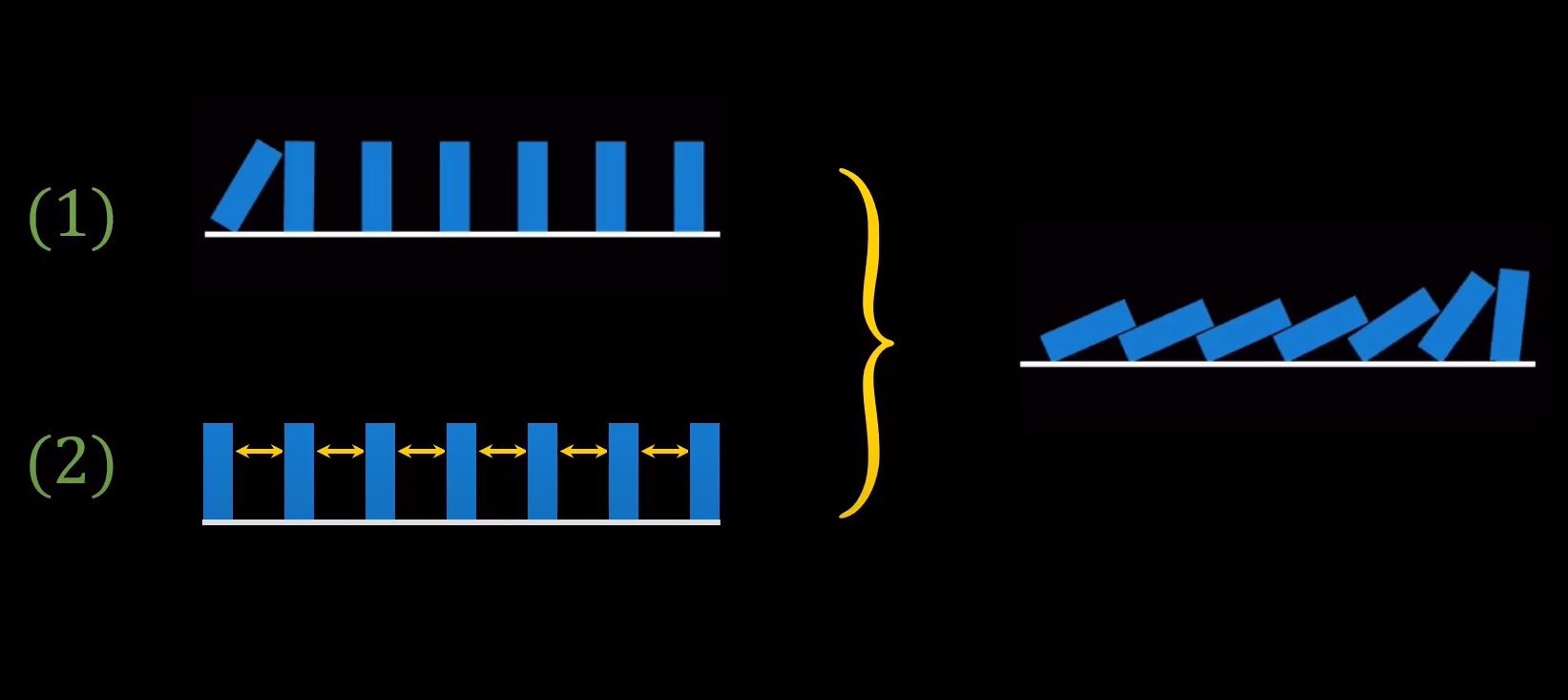
the tiles fall or more formally
Now, we’ll discuss a few special examples to help you better understand mathematical induction
Problem Solving
Objective Type Question
Q1. Prove using mathematical induction that
Therefore, the induction step is valid for any natural number
Hence,
The domino tiles are close to each other. However neither
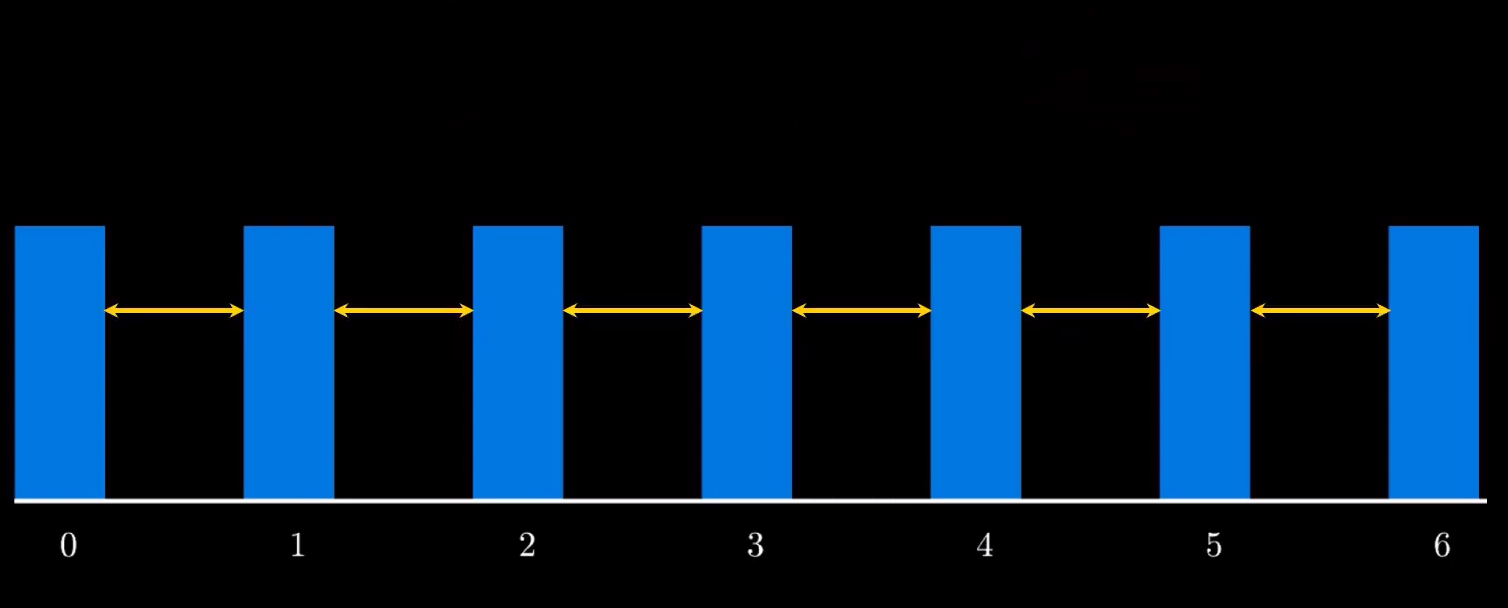
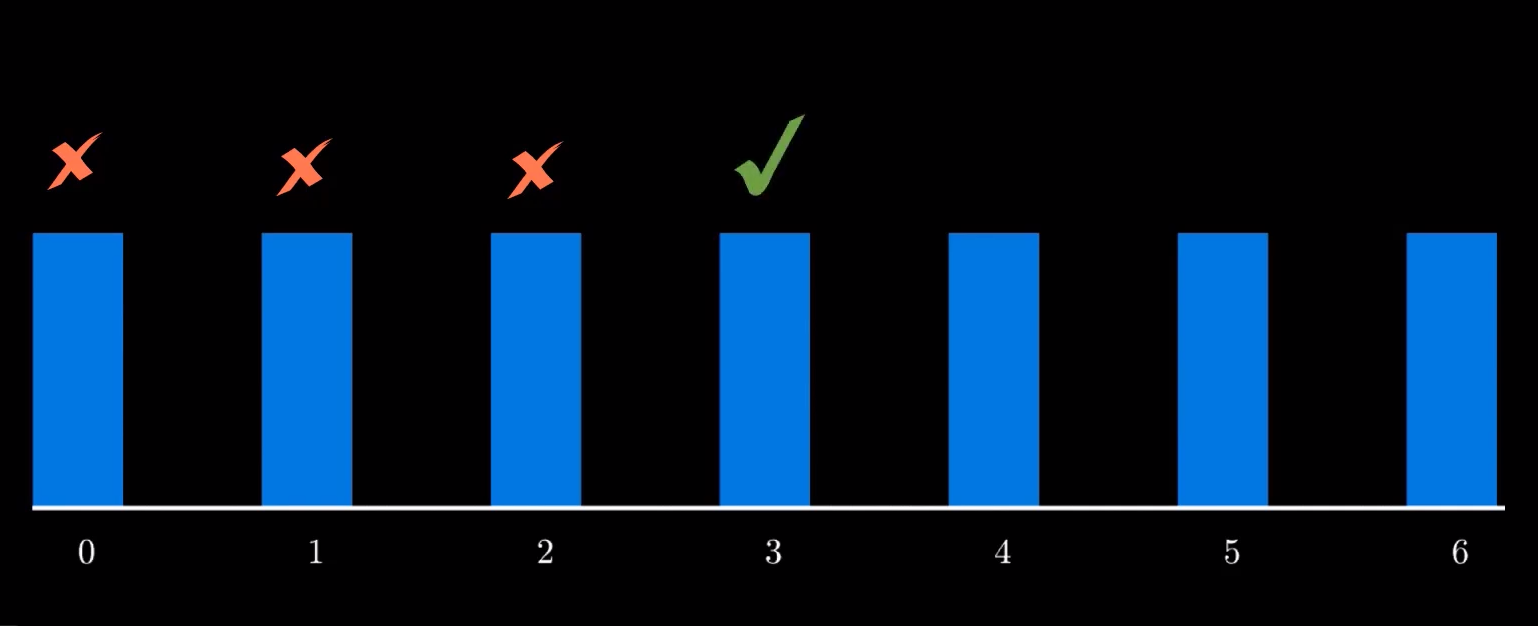
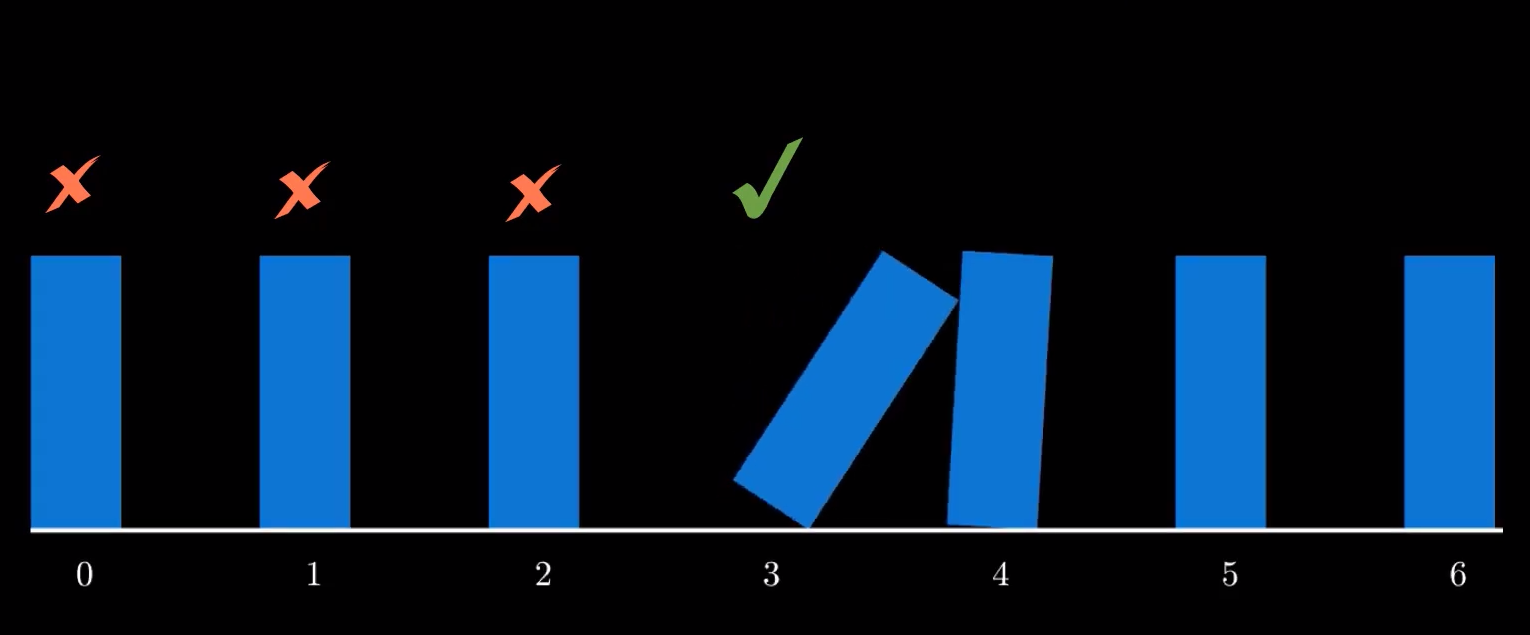
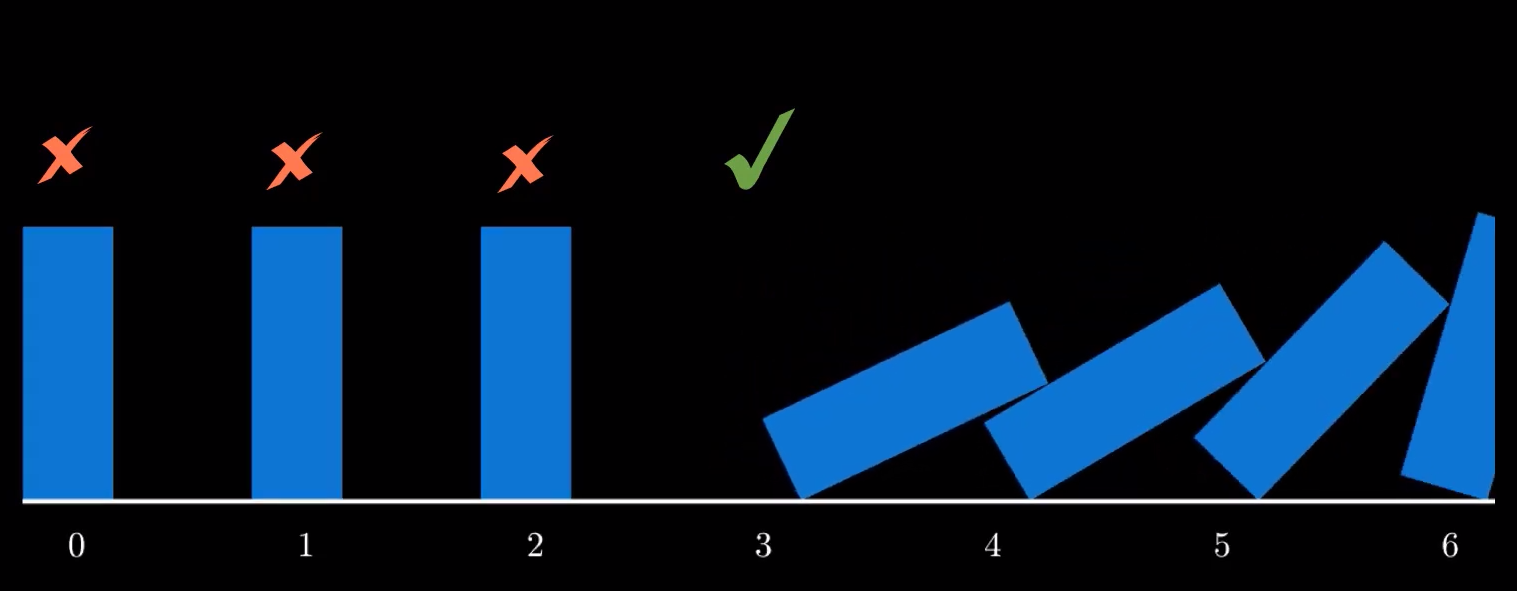
Q2. Show that the property holds
Here,
Try Yourself
Prove using mathematical induction that
Prove using mathematical induction that
Subjective Type of Question
Dealing Inequality Condition
Solution:
Solution:
From the above assertion
Symbolizing the expression in
This concludes the induction step. Hence, the original assertion is true, by induction.
Solution:
- For which
Solution: Let us assume that
Again, for
For,
Let us assume,
We know that
Again, for
Combining
Therefore,
Hence,
Try Yourself
For
If
If
For
Divisibility Problem
Solution:
Prove that
Solution:
Let us assume,
Let us assume,
Now,
Hence,
Therefore, mathematical induction principle proves that
Prove that
Solution:
Now, for
Now, from
Therefore it is divisible by
By applying mathematical induction
Therefore,
Try Yourself
Prove that
Use the principle of mathematical induction and prove that
i)
Using mathematical induction prove that
Prove that for
Problem
- Using principle of mathematical induction prove that
Solution:
Let us consider
As,
As,
Try Yourself
Prove that for
Prove that
Problem
Using mathematical induction prove that
Solution:
Therefore,
Now,
Therefore, we can see that
Try Yourself
Using mathematical induction prove that
Using principle of mathematical induction show that
Conclusion
The Induction Principle is of great importance in all of the fields of mathematics. This content is all about those inquisitive students who are trying to understand the basic & fundamental concepts of higher mathematics but are unable to grasp the insight behind induction principle.
In my previous Mathematical Induction-I I have tried to deliver a coherent understanding and a philosophical overview of Principle of Mathematical Induction. Here, I’ve discussed the mathematics behind principle of mathematical induction and some school level problem which we often deal with.
In a single content, it is not possible to cover all the necessary problem-solving strategies which is also required further. That’s why I’m willing to discuss lots more problems and problem-solving strategies on mathematical induction in my upcoming content which will be an asset to deal with critical problems from INMO, IMO, PUTNUM.
See Also
